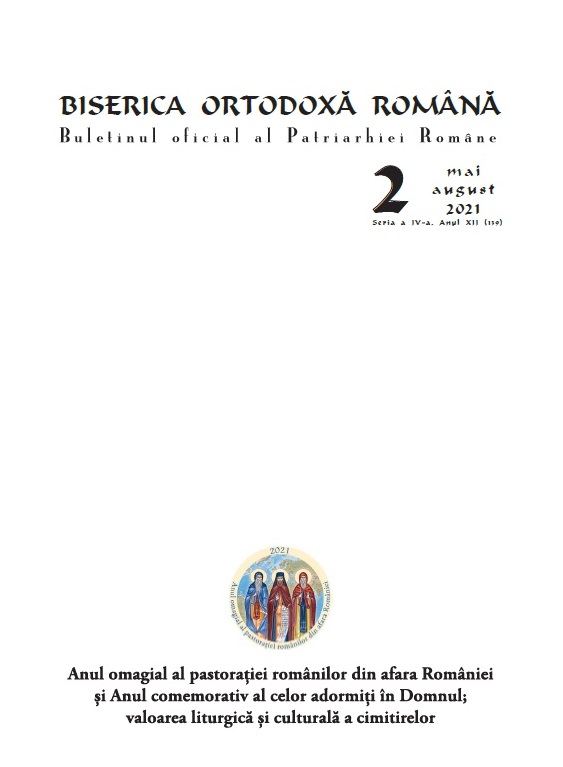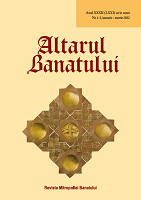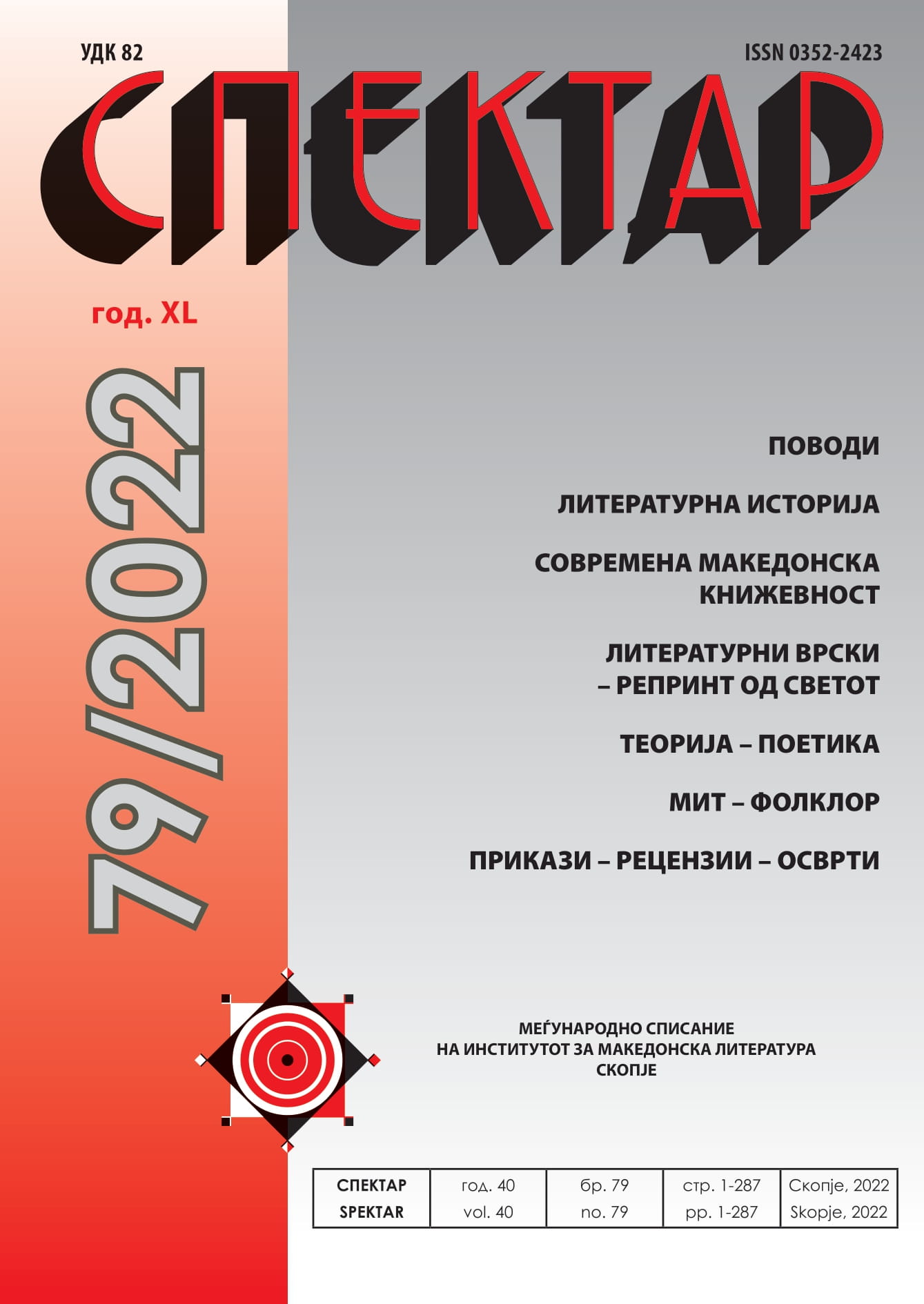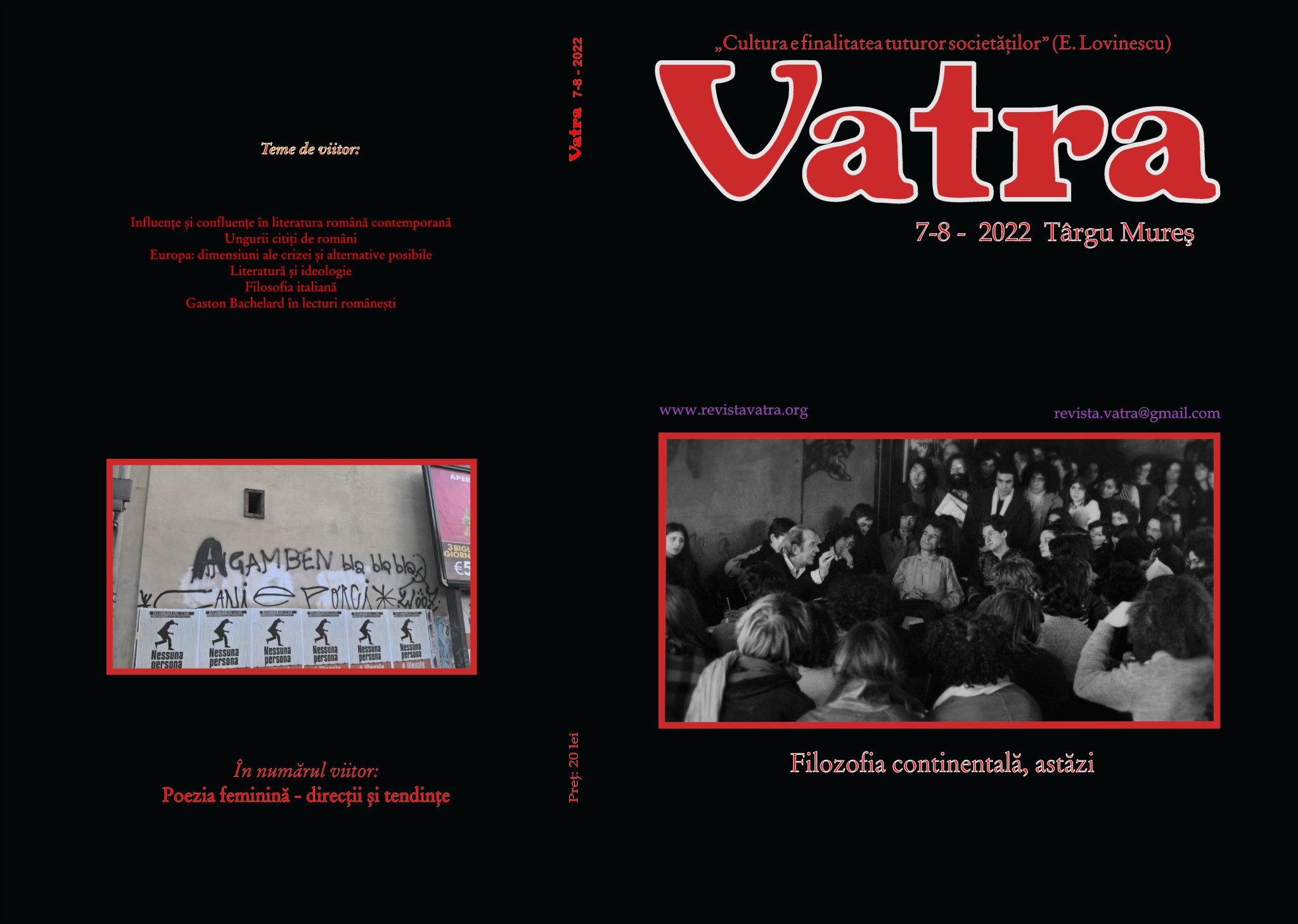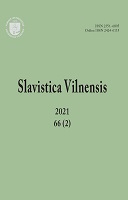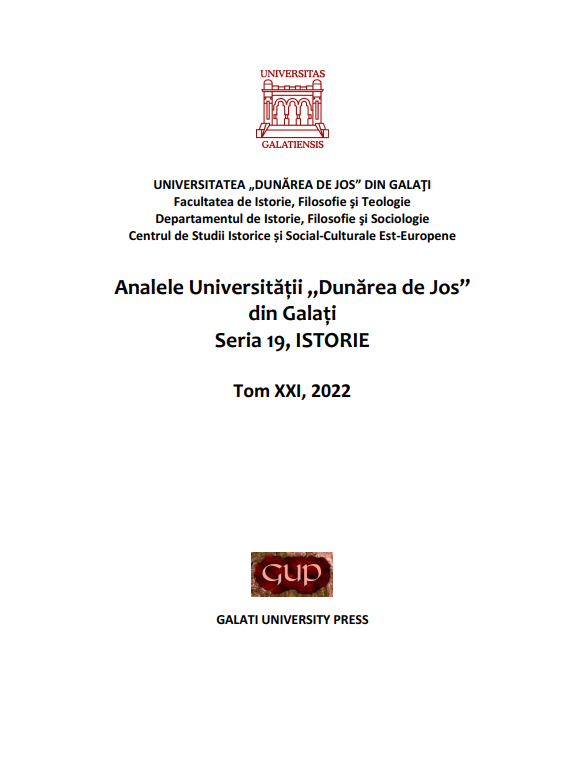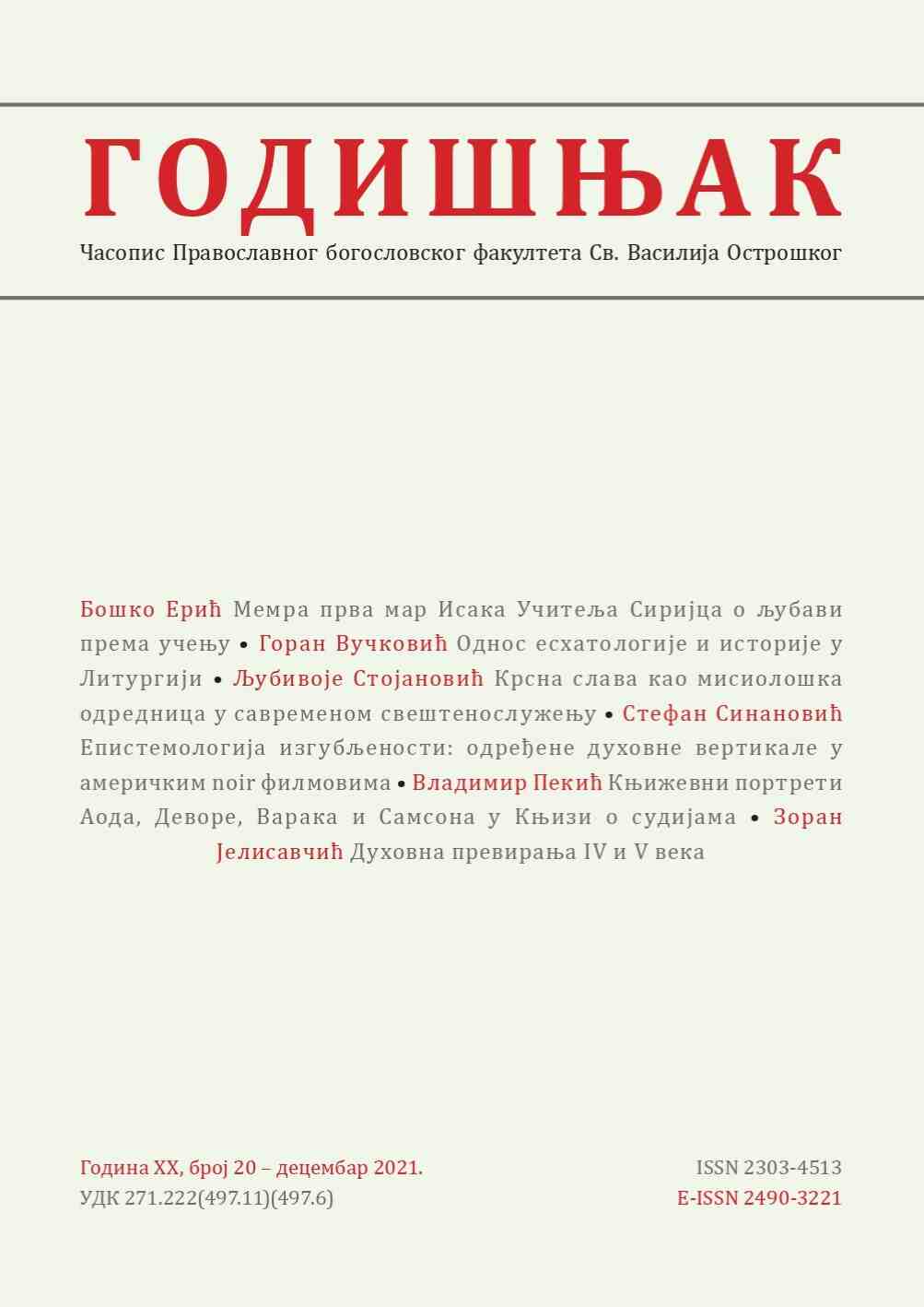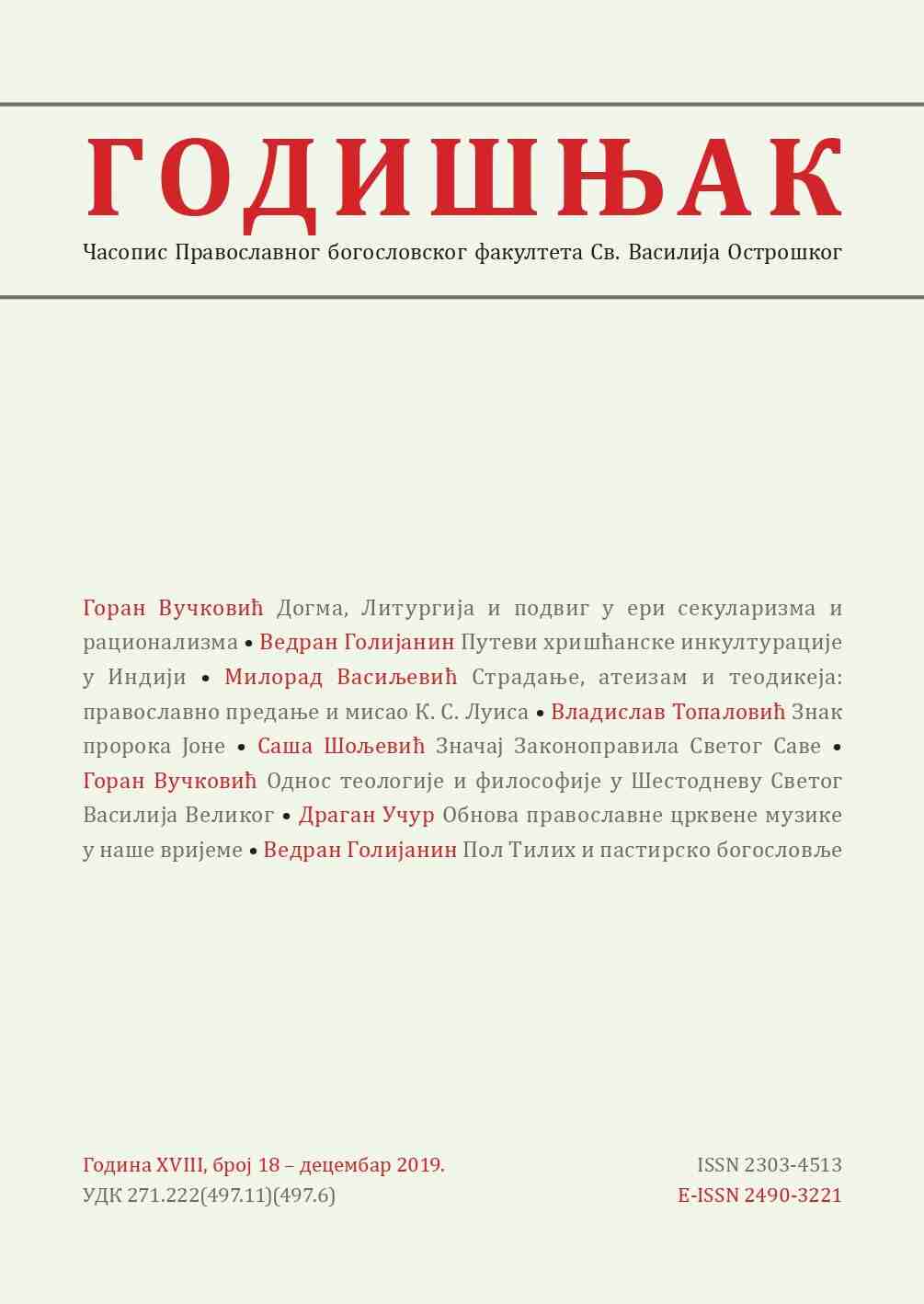
Славянското досие на един документ срещу Фераро Флорентинската уния: Окръжното послание на източните патриарси от 1443 г.
The Condemnation of the Council of Florence by three Oriental Patriarchs in 1443 is a controversial historical event in terms of authenticity of both the presumed Synod of Jerusalem, where the Patriarchs had got together, and the issued document. The main goal of the article is to popularize the Slavonic translation of the Greek original according to the copies in two Moldavian 16th century manuscript twins BAR Ms. sl. 636 and BAR Ms. sl. 685. They represent monastic miscellanies with a strong anti-heretic line, and are currently kept in the Library of the Romanian Academy of Sciences in Bucharest (the second one as a photocopy reproduction of the original manuscript from the Library of the Russian Academy of Sciences, Yatsimirskiy collection, ? 51). The miscellanies were a Moldavian phenomenon, a textual prototype of which was unknown in the preserved representatives of the Southern Slavonic literature before the Ottoman conquest. This conclusion refers to the integral textual patterns, not to the origin of the separated textual unities, the majority of which came from Southern Slavonic area and the Second Bulgarian Empire, which is also confirmed by the orthographic and linguistic norms of the Epistle. The Slavonic translation arises some attribution problems related to Gabriel Uric, the remarkable scribe, calligrapher and monk from Neamţ monastery. Analyzing the data from the Greek-Slavonic record of the Epistle, the author comes to the conclusions that: 1. The Slavonic translation could most plausibly appear in the second half of the 15th century, from which the earliest Greek copies dated. It is based on a version revised and supplied with margins, taking intermediary place between G. Hofmann’s and A. Sakelion’s Greek editions; 2. In terms of chronology, nothing contradicts Gabriel Urik’s participation, but no evidences support it; 3.The Epistle is a proof of the Greek-Slavonic literary relations in establishing a church-administrative discourse in Slavonic, and of the Orthodox perception of the great historical events just before the fall of Constantinople in Ottoman hands. K
More...


